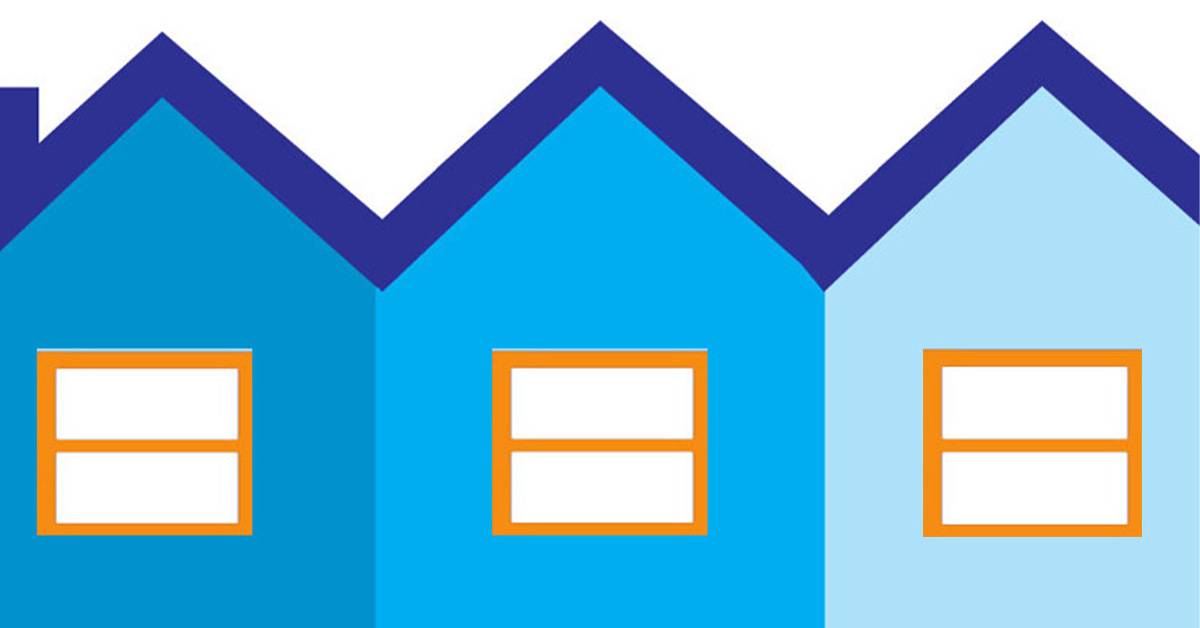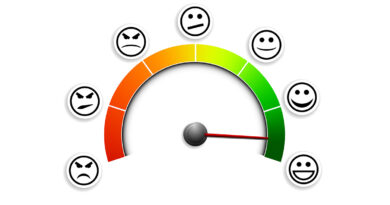US CoreLogic S&P Case-Shiller Index Growth Takes A Breather, Up By 6.3% Annually In April
The housing market remains divided between tenure status (homeowners and non-homeowners) and across geographies. Current homeowners have been in an exceptional position to build home equity and wealth, while those trying to enter the market are facing historic affordability challenges.
“In April, the CoreLogic S&P Case-Shiller Index slowed to a 6.3% year-over-year gain, after nearly ten months of accelerating annual gains. And while the slowing of annual gains still largely reflects residual comparison with strong 2023 spring season, monthly gain in April, up 1.2%, buckled the seasonal trend, and slowed under persistent pressure of high and rising mortgage rates, particularly earlier in the spring,” said CoreLogic Chief Economist Dr. Selma Hepp. “Nineteen of the 20 Case Shiller metro areas saw annual growth rate slow, except Las Vegas – where home price growth continued to heat up manifesting continued in-migrating demand from buyers from more-expensive Western markets. Also, higher priced segments in markets with strong wages and elevated levels of accumulated home equity, such as Boston, San Francisco and Seattle outperformed the other markets, as homebuyers in those markets had more leverage when making home purchases, but also continued lack of supply meant demand still outpaces supply putting pressure on prices.”
Areas with higher accumulated equity and stronger job and wage markets continue to perform well under the weight of high mortgage rates, while markets where homeowners have less wealth to bring to the homebuying process are buckling under the cost pressure. Geographically, housing markets continue to differ between those where the inventory of existing homes for sale are rising and those that continue to severely lack existing homes but also newly constructed ones. Also, the surging cost of non-mortgage homeownership expenses, such as insurance and taxes, are also weighing on buyers in some markets.
In April, the CoreLogic S&P Case-Shiller Index slowed to a 6.3% year-over-year gain after peaking at 6.5% during the previous two months. It was still the 10th straight month of annual appreciation. Again, the slowing of yearly gains largely reflects a comparison with the strong 2023 spring season, while persistent monthly gains this year suggest that home prices continue to hit new highs and are now up by 4% compared with the June 2022 peak.
In addition, the non-seasonally adjusted month-over-month index continued to show a solid seasonal increase, up by 1.2%, higher than the 1.05% increase recorded on average between 2015 and 2019 in April. Last spring, when home price growth heated up beyond the seasonal trend, April’s monthly increase was 1.4%.
The 10-city and 20-city composite indexes also posted their 10th straight months of annual increases in April, though both also slowed from the March peak, up by 8% and 7.2%, respectively. The 10-city index includes currently better-performing metro areas such as New York and Chicago, which have seen relatively stronger housing markets since mid-2022, as the return to cities and offices continues. On the other hand, among markets in the 20-city index, the resetting continues for pandemic-era boomtowns, which then saw excessive gains in home prices, while markets with strong appreciation over the last year continue to cool, including Tampa, Florida and Detroit.
Compared with the 2006 peak, the 10-city composite index is now 53% higher, while the 20-city composite is up by 60%. Adjusted for inflation, which is showing signs of easing, the 10-city index is now 4% higher than its 2006 level, while the 20-city index is up by 8% compared with its 2006 high point. Nationally, home prices are 17% higher (adjusted for inflation) compared with 2006.

The Place for Lending Visionaries and Thought Leaders. We take you beyond the latest news and trends to help you grow your lending business.



